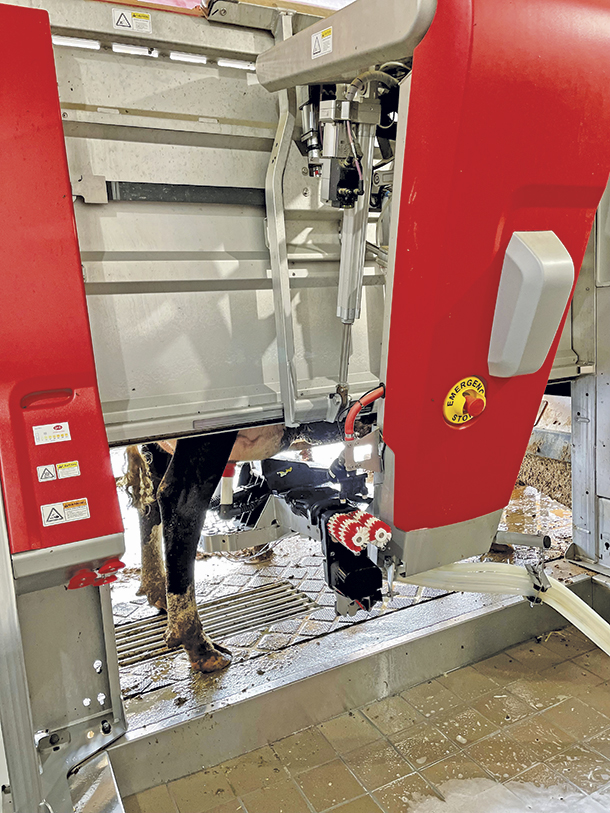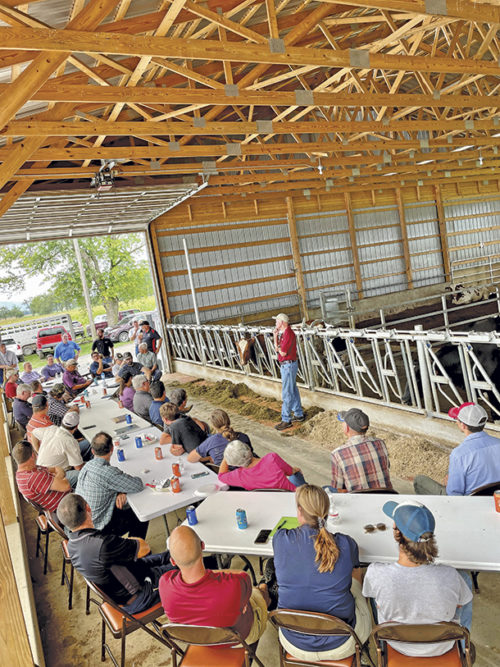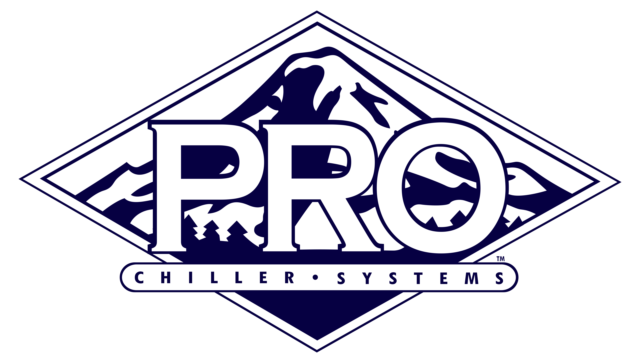Robotic milking technology can make many dairy operations more efficient, but only if producers have excellent cow management strategies in place to ensure successful milk production.
During a recent Robotic Milker Discussion Group meeting for Pennsylvania dairy producers, Dr. Marcia Endres, professor in the department of animal science at the University of Minnesota, shared the benefits of robotic milking systems and how the systems’ health-monitoring software can make a big difference in detecting diseases in the herd. She also shared challenges that can occur with cow management and equipment maintenance, and several key strategies dairy producers could follow to produce high-quality milk with robotic milking systems.
Committing to cow management and equipment maintenance
While robotic milking systems provide various features to help dairy producers manage cows, Endres reminded producers that robots do not eliminate the need to work with cows on a daily basis.
“No matter what system or brand you have, cow management must still come first. You need to have excellent cow management – healthy, clean and comfortable cows,” Endres said. “Cow flow, type of bedding and farm ventilation are all key to providing the environment cows need to succeed in this type of system.”
Finding a service provider with a high level of expertise to help maintain the robotic equipment is also important. Robotic milking equipment should be maintained and cleaned daily, with service and repairs needed quickly to avoid delays in milking. “A key to your success will be your service provider and their expertise, which has become better and better as more robots have been installed,” Endres added.
With robotic milking technology being such a large investment for dairy producers, downtime is often more expensive than what it costs to have highly trained employees on staff who can manage the equipment. Knowing what to look for and how to make minor repairs can prevent costly problems down the road.
“Farms that have a mechanically handy employee or owner who can fix things on their own often see better profitability. You know what to do and what to change to fix minor problems before they become big,” Endres said.
Using health reports to your advantage
As with all new technology and investments on the farm, there are both challenges and areas of opportunity dairy producers need to navigate. When it comes to daily milk routines, robotic milkers can provide a level of consistency and simplicity beneficial to both cows and employees.
According to Endres, robotic milkers can also improve udder health and provide less risk for antibiotic contamination, since prepping and post-dipping is now done by a machine. Once a quarter is done milking, it detaches to prevent the robots from overmilking cows. This is positive and can improve the health of the mammary gland. However, the technology can make it difficult to identify clinical mastitis cases since dairy producers are no longer directly seeing the cow – the robot is.
To navigate this challenge, Endres suggested taking advantage of the data the robot software provides to help make timely decisions about health management.
“The robot software provides a lot of data that can help us make decisions on what we should be doing with the cows. It tells you cows that need attention with udder health, and it also has high mastitis detection,” Endres said. “Of course, then you need to test the milk to see if they have a high somatic cell count and visually check her quarters to see if she has mastitis.”
According to a study Endres shared from 2017, 66% of producers changed their health management strategy, and 80% of producers found disease detection to be easier than before transitioning to a robotic milking system because of the technology and associated health-monitoring software.
Many robotic milking systems often come with additional technology and health monitoring software options, such as a somatic cell counter, to help detect these types of diseases.
“When I talk to producers who install the somatic cell counter, they say it’s the best option for detecting cows with mastitis. This additional piece of equipment might be a good investment to help you solve that problem,” Endres shared. “These are all tools we have with technology and automation that we don’t have in a traditional parlor system.”
Must-do’s for producing high-quality milk with robots

Robotic milkers can improve udder health and provide less risk for antibiotic contamination, since prepping and post-dipping is now done by a machine, according to Dr. Marcia Endres. Photo provided by Emily Barge.
In addition to monitoring health, robotic milking technology can lead to high-quality milk when the technology is managed properly. Making tweaks and changing settings as you go is necessary to ensure the technology fits seamlessly into your operation.
“Sometimes minor adjustments and tweaks can make a big difference, but it can take a lot of tweaking to make it work on your farm. That’s why a service provider is important to help you find those settings that will work for you,” Endres explained.
She shared a list of suggestions dairy producers can take to produce high-quality milk with robotic technology:
- Perform bulk tank mastitis cultures to monitor the existence of contagious pathogens in your herd
- Culture and cull cows with contagious mastitis pathogens
- Use dry-off treatment and teat sealant
- Consider manually prepping each fresh cow
- Design an effective mastitis vaccination protocol
- Keep udders singed with no hair in the way to make the attachment easier for the robots
- Use the “udder health” list in the software and SCC data from DHIA to help identify cows that might need treatment
Ultimately, ensuring cows have a strong immune system, a comfortable and clean environment, and consistent grouping and feeding routines is key to producing high-quality milk and making robotic milking technology work on your operation.
“We need to look at the whole system – the cow, the environment and the equipment – in order to have the best success with productivity and milk quality in robotic herds,” Endres said. “All the little things add up. Robots require excellent management, so make sure you use the software that is provided to you and look at the data a few times a day to identify cows that need attention.”








